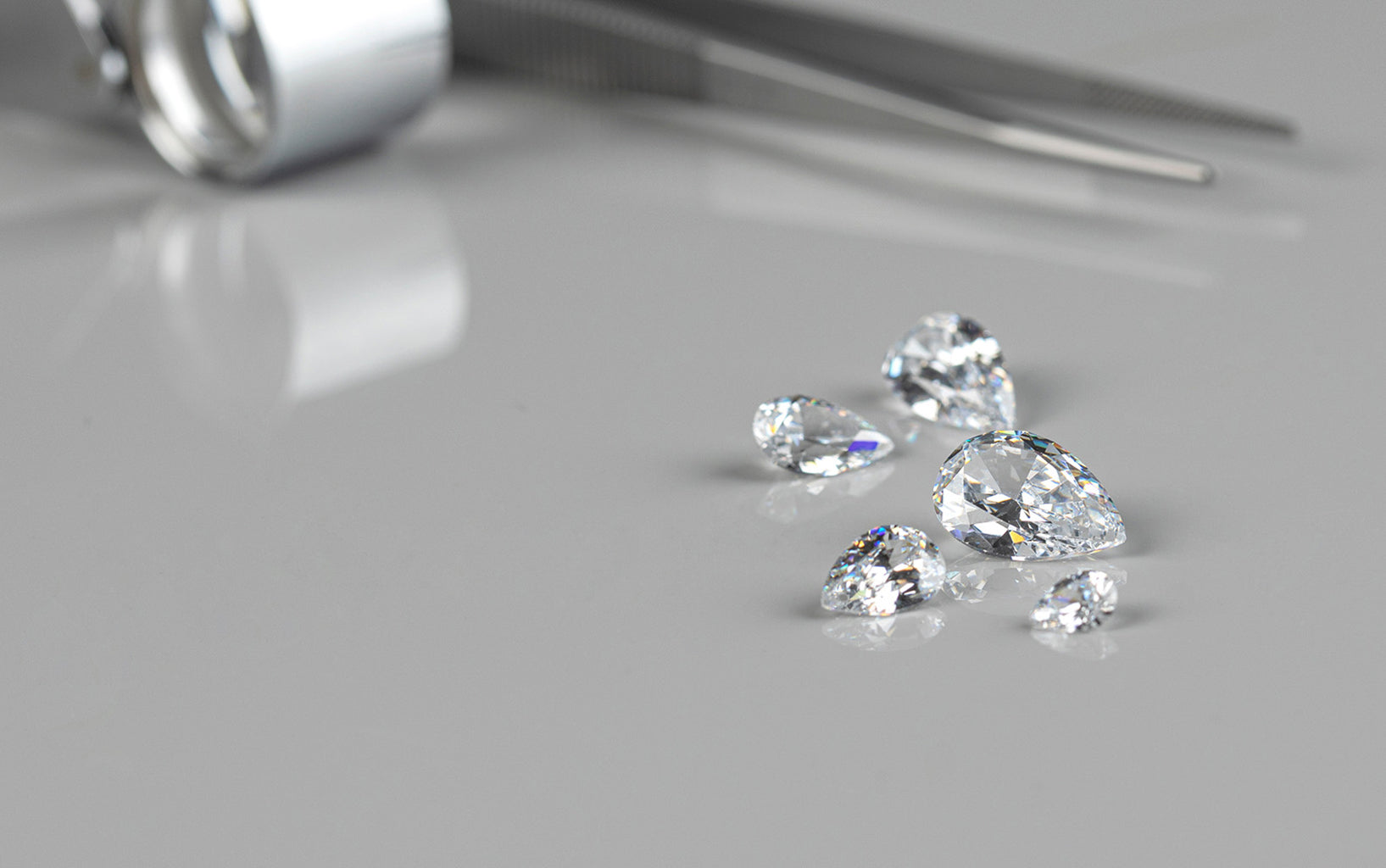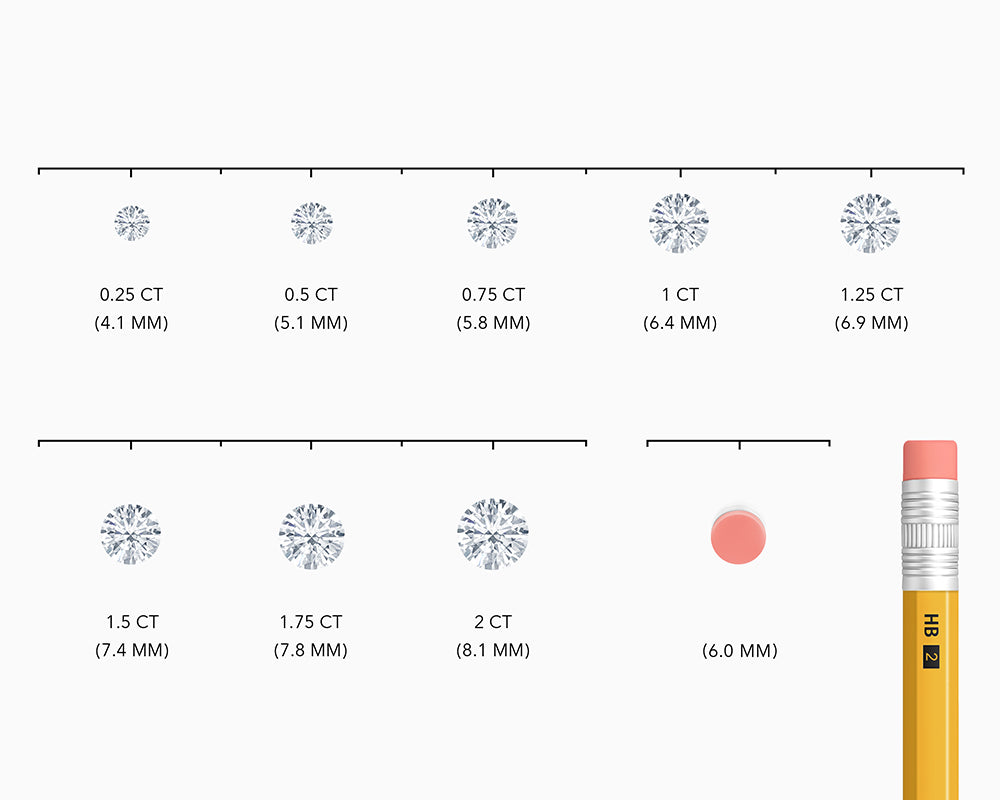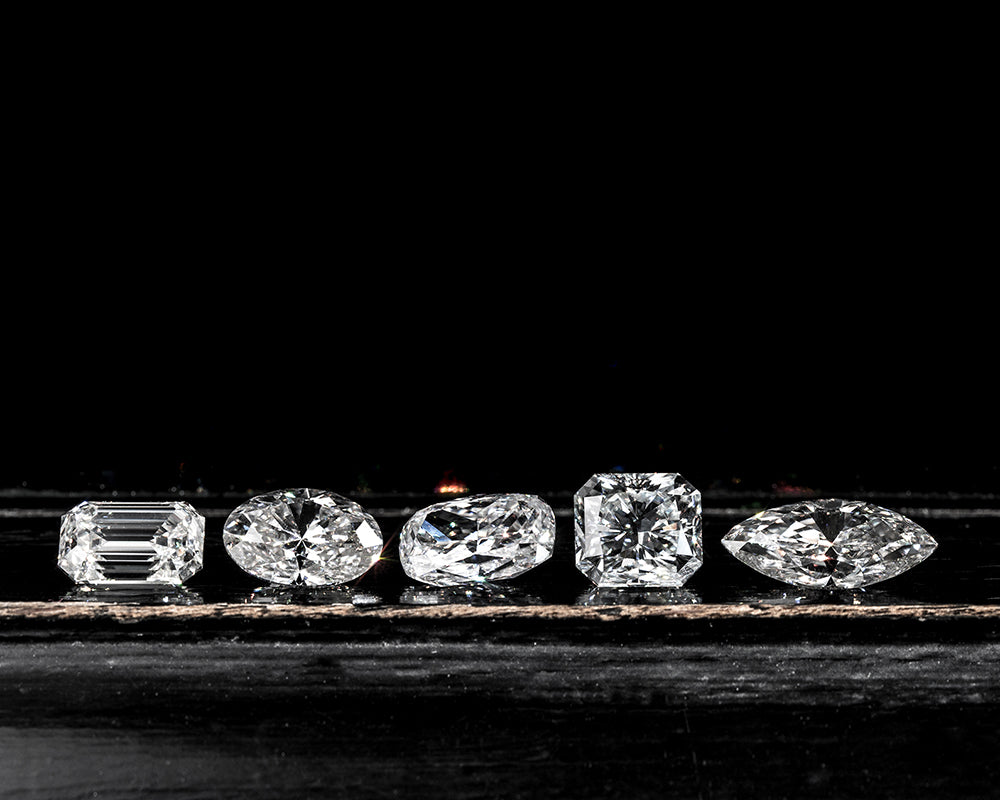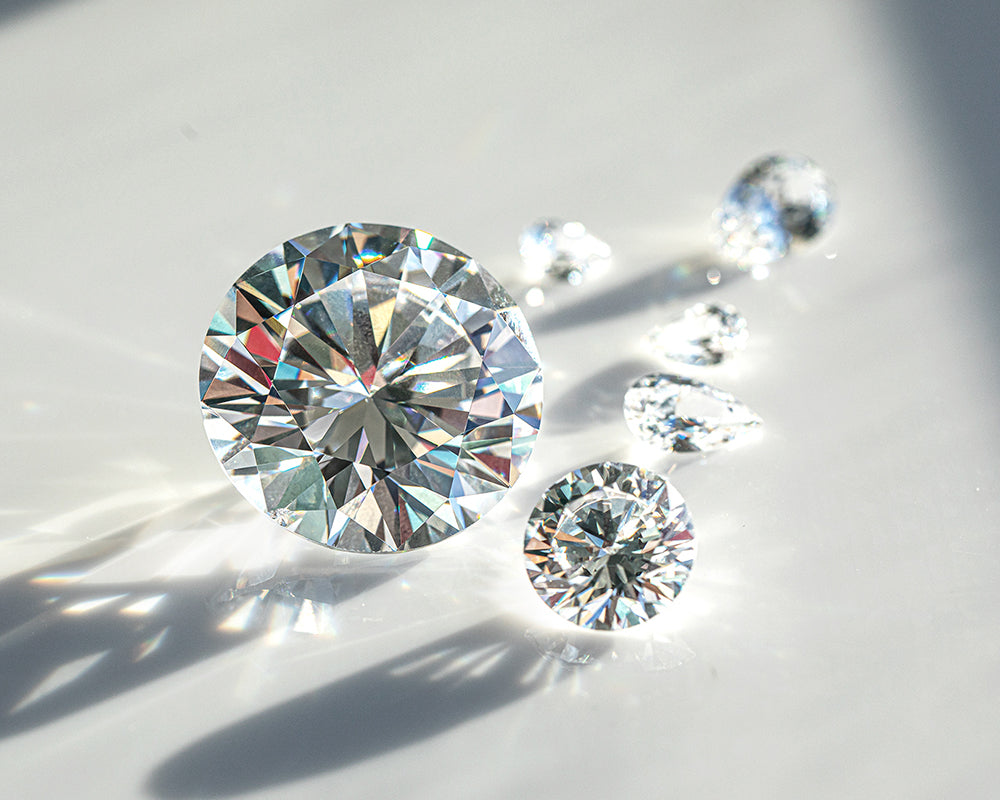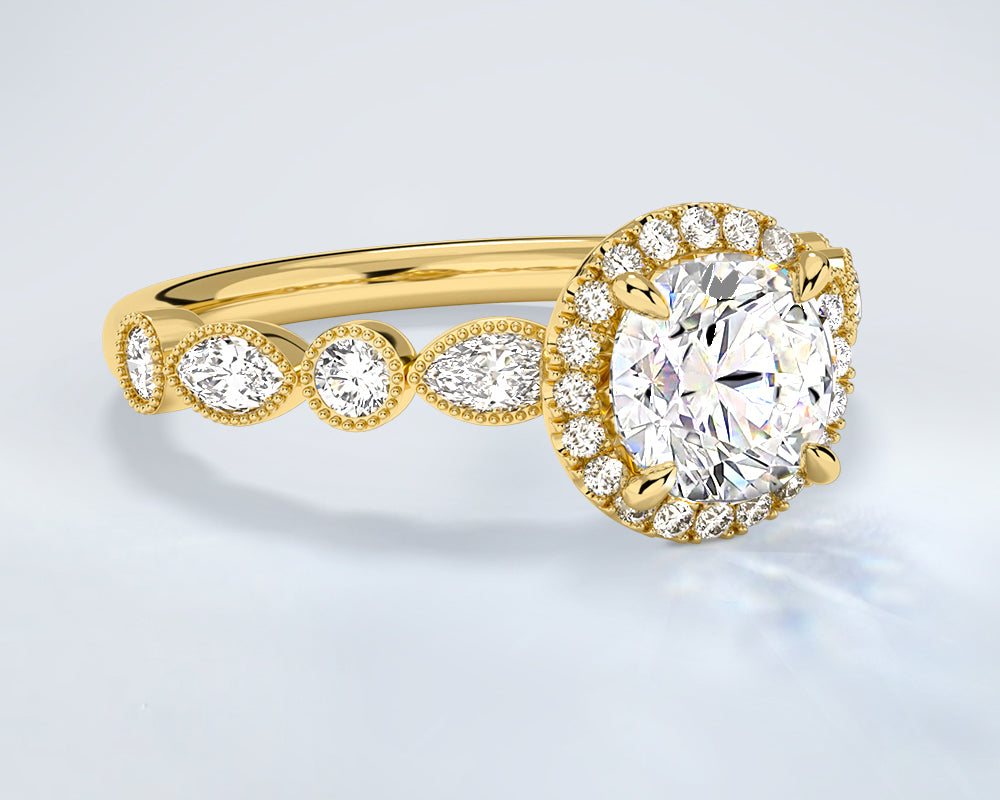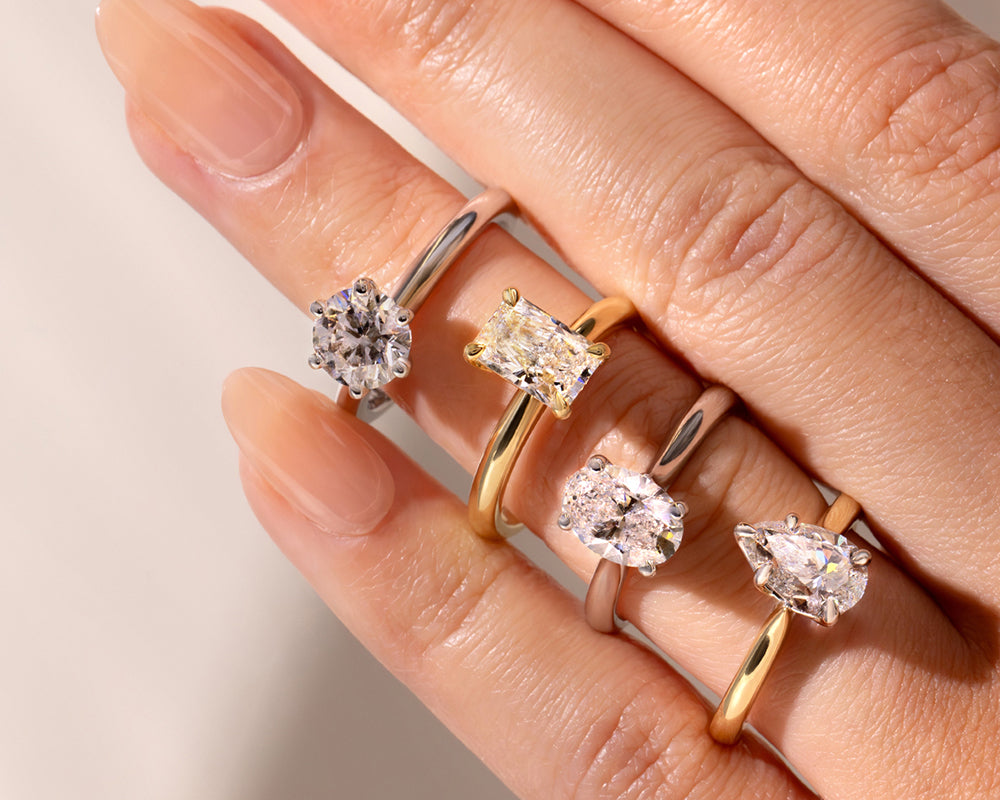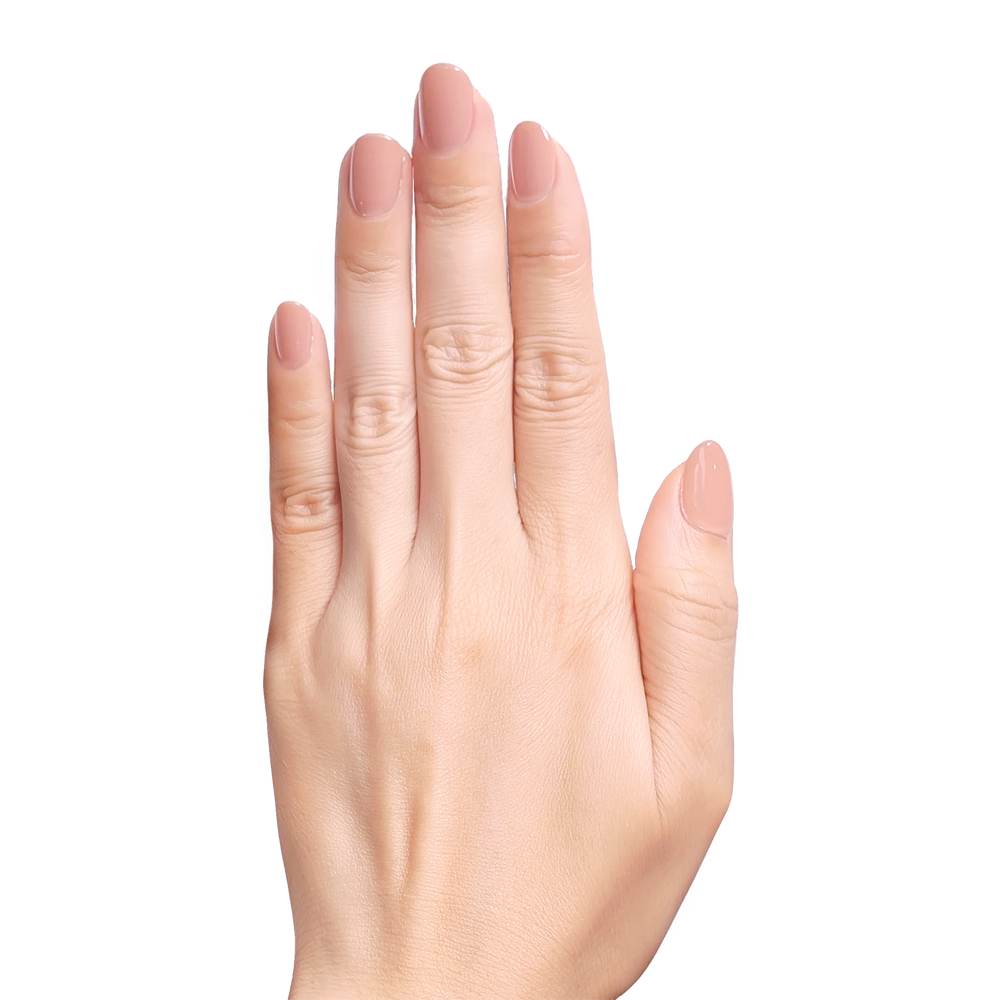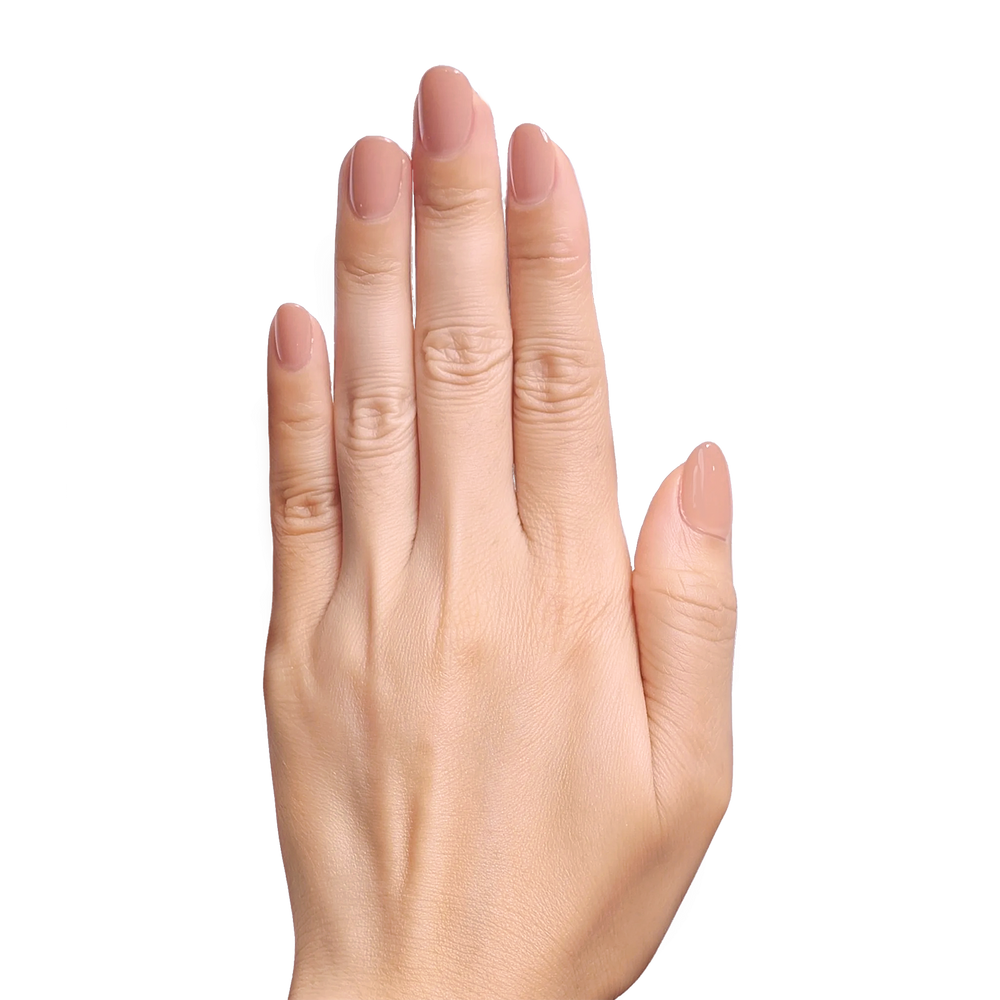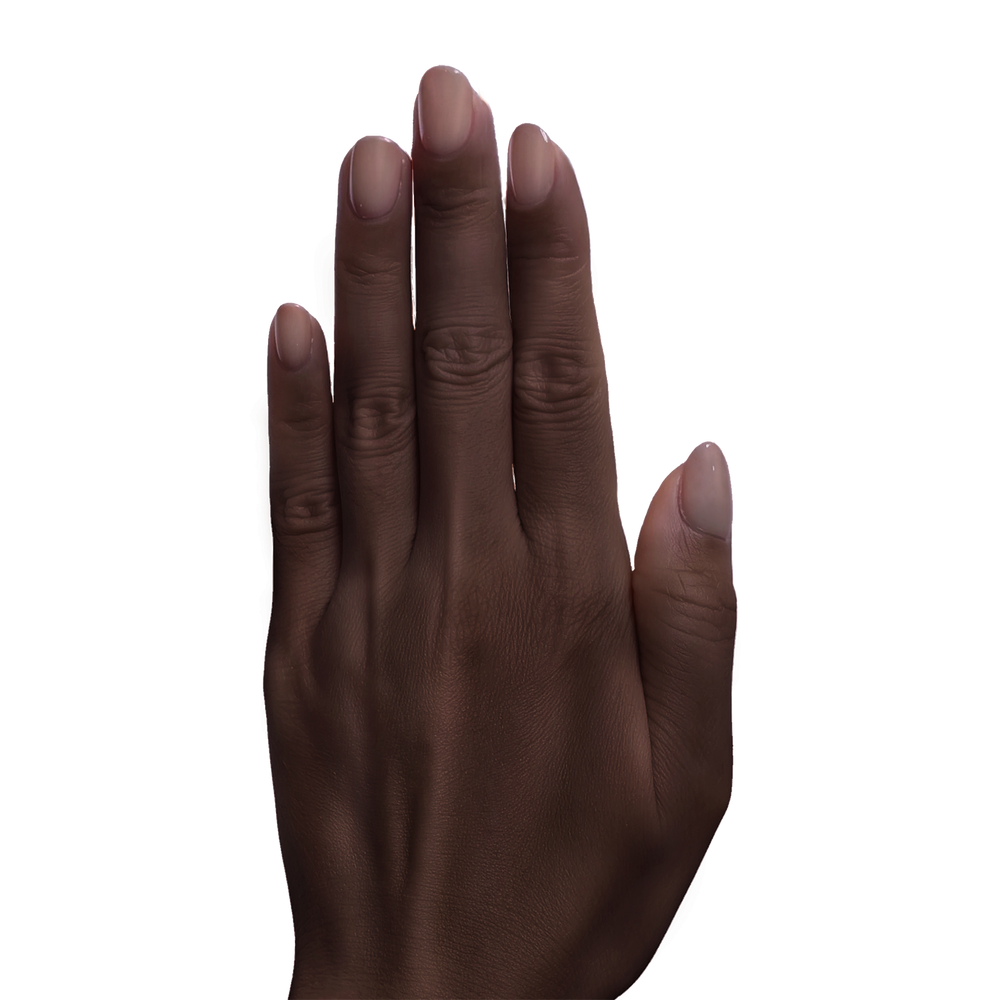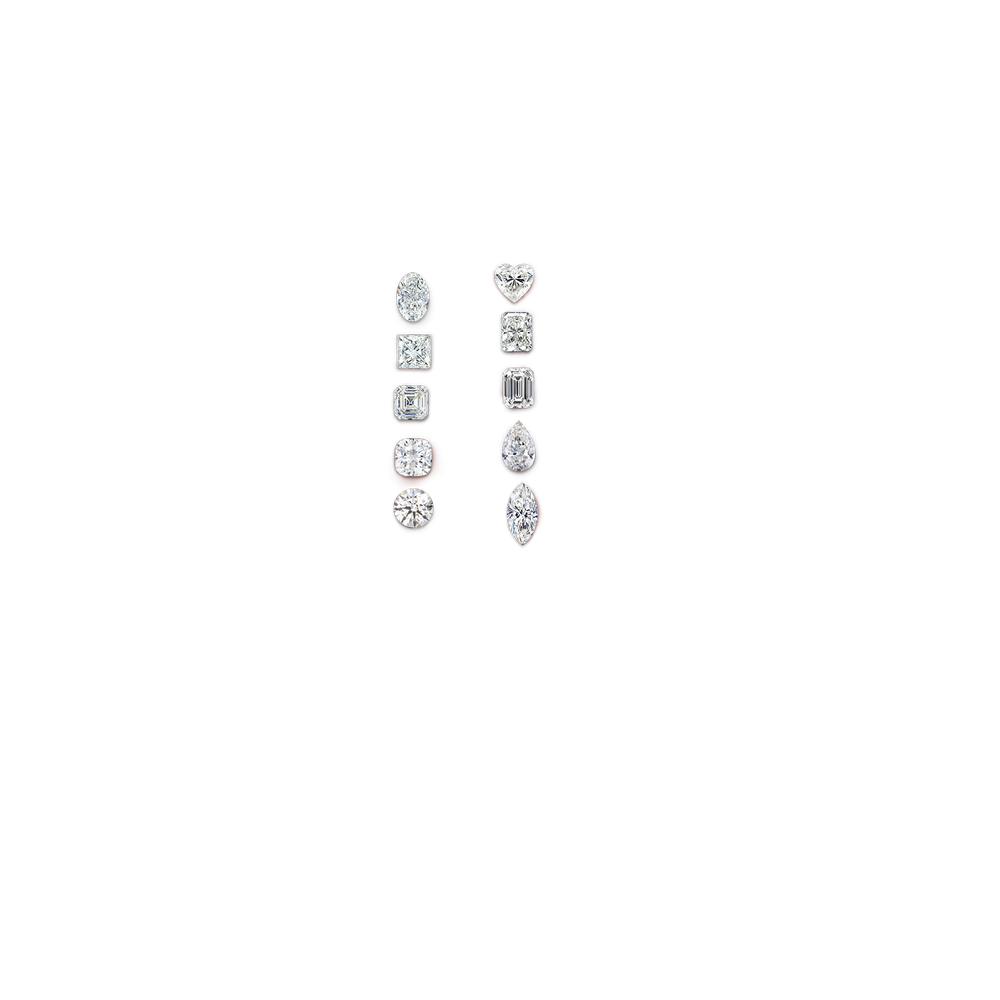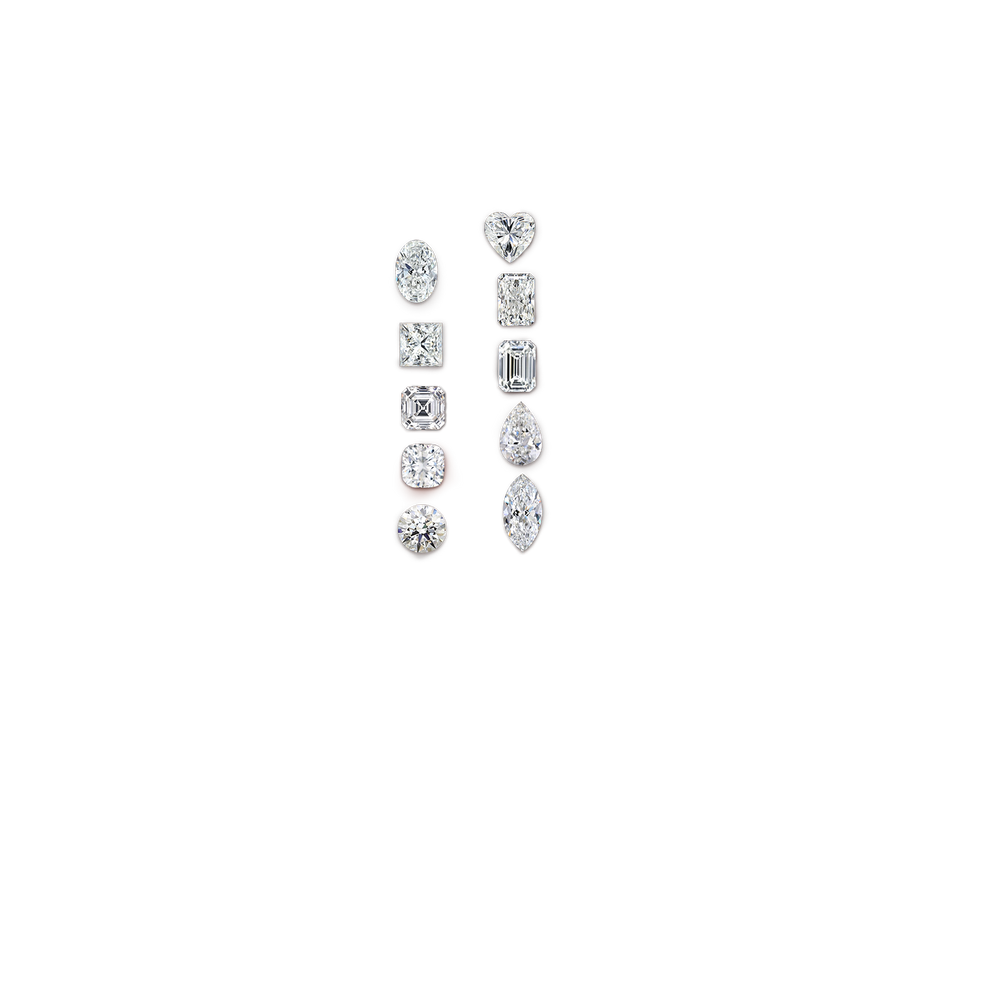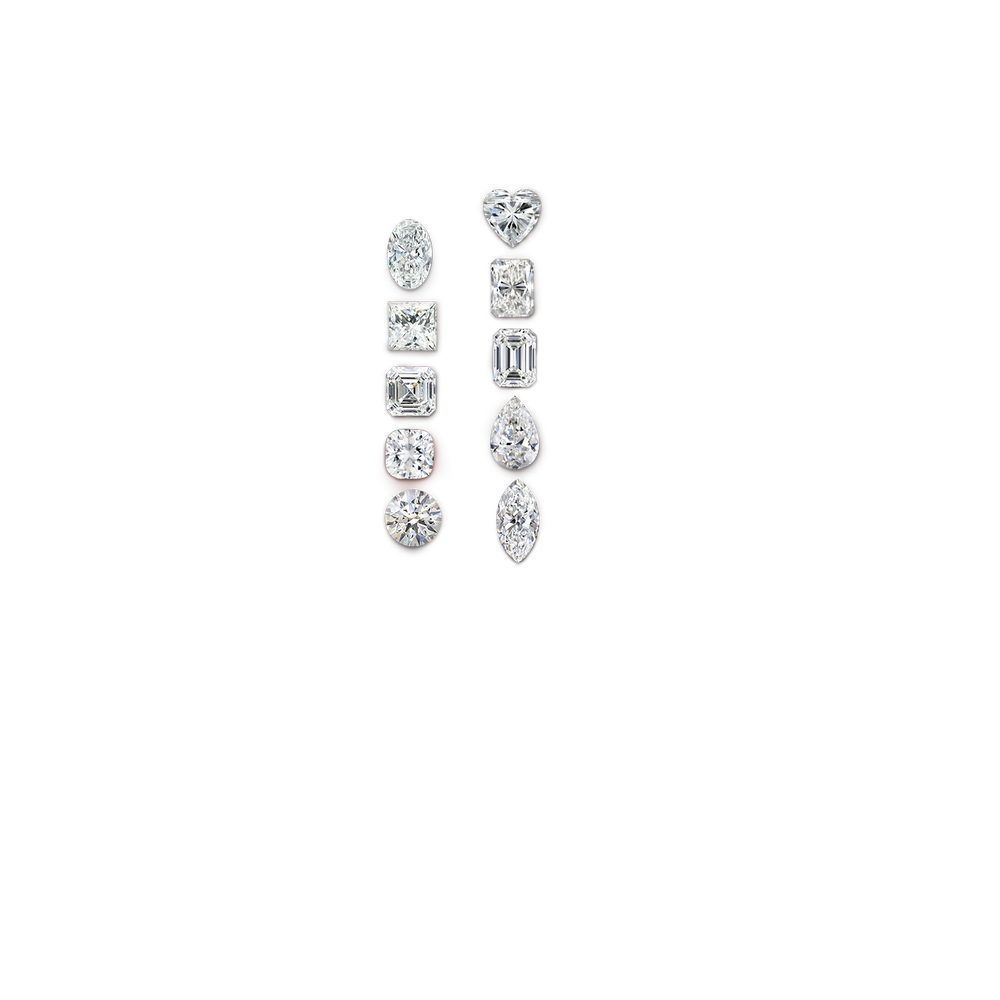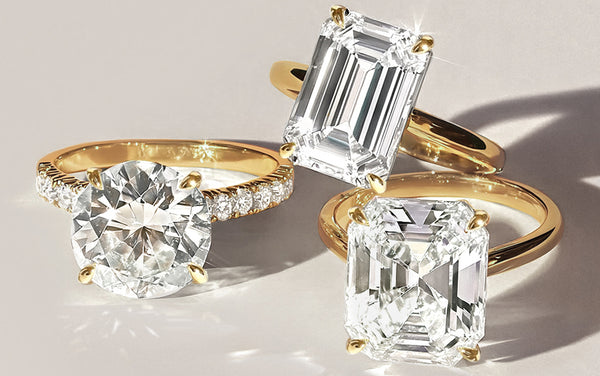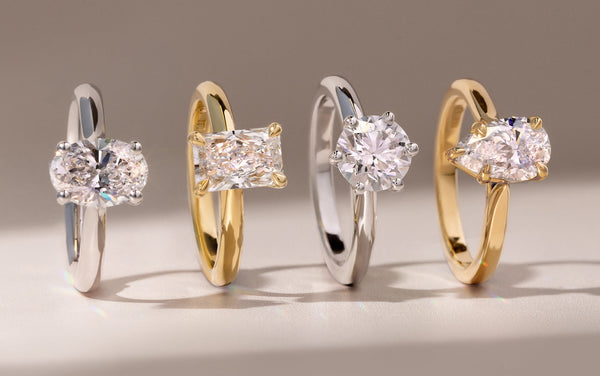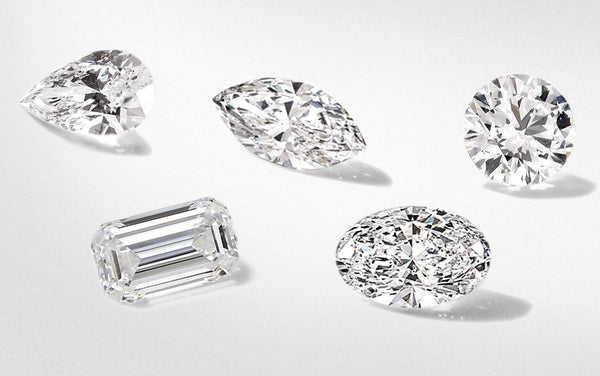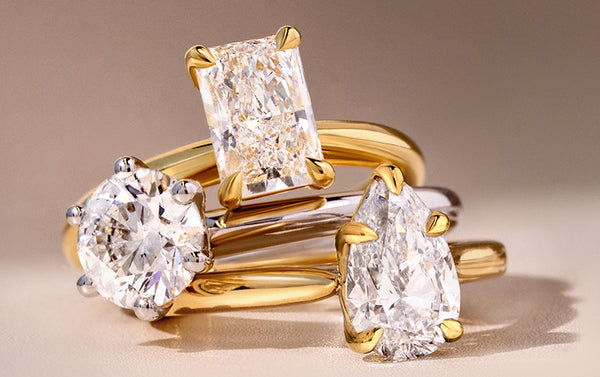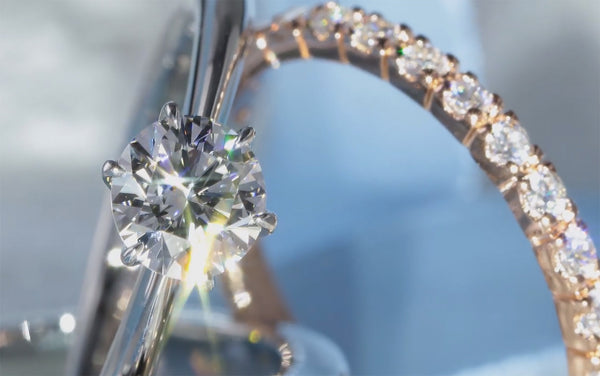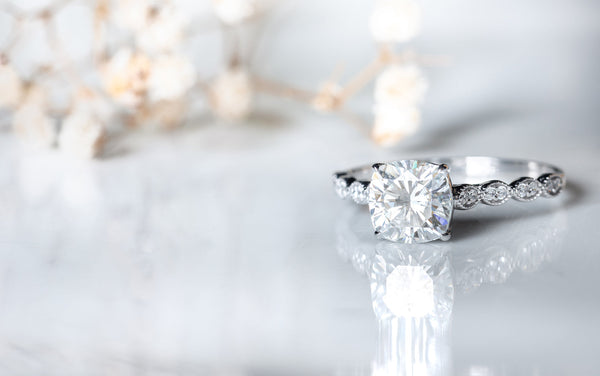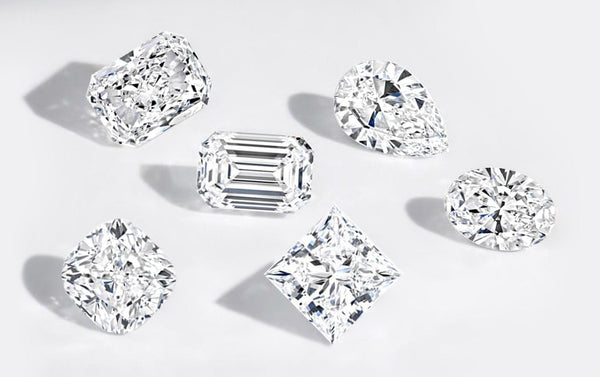What Is a Carat?
In the diamond industry, a “carat” is a universal measure of gem weight. One carat equals a specific weight of 200 milligrams, or 0.2 grams. The word “carat” derives from the carob seed, which ancient gem merchants used as natural counterweights on their scales.
Today, the term “carat” is used to measure the weight of diamonds and gemstones and is simply one of the four Cs (cut, clarity, color, and carat) of diamond quality. However, keep in mind, carat is weight and does not necessarily refer to size. A large carat weight does not mean a diamond will look larger, as that depends on cut and shape as well.

